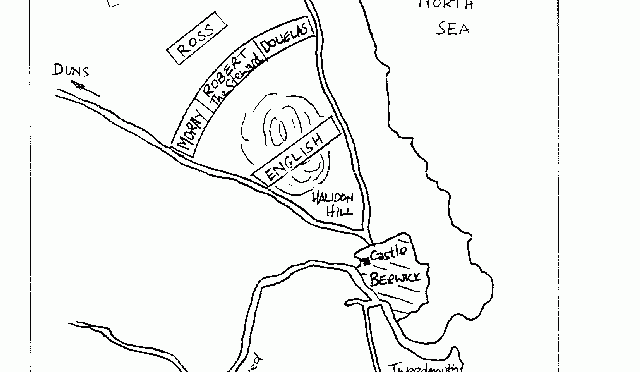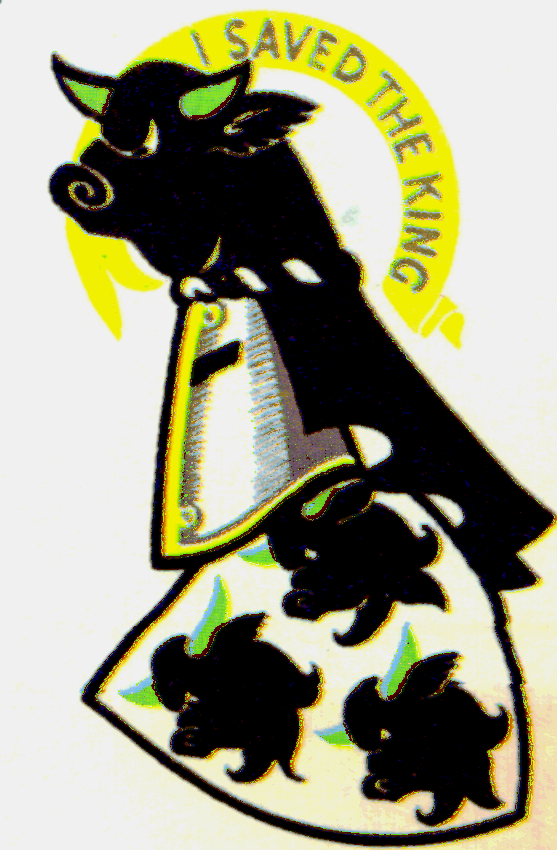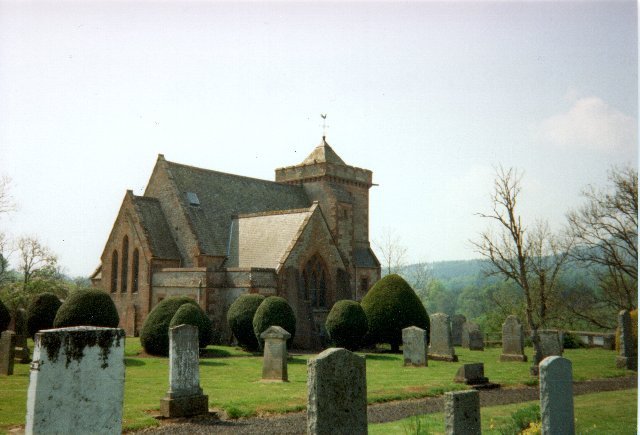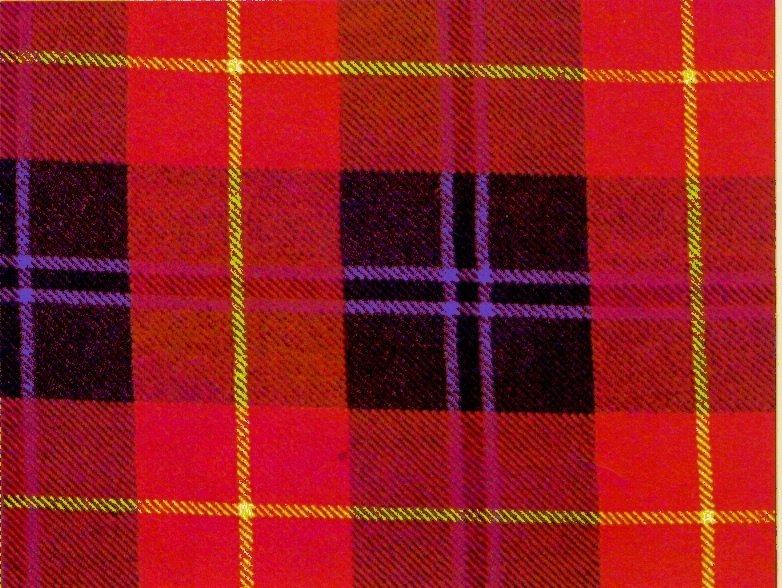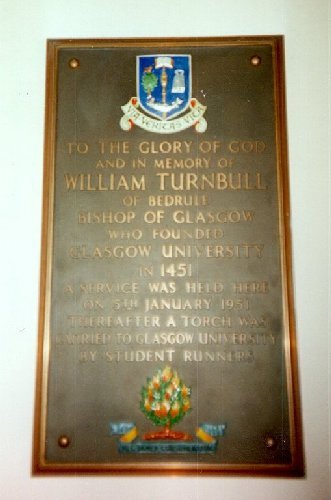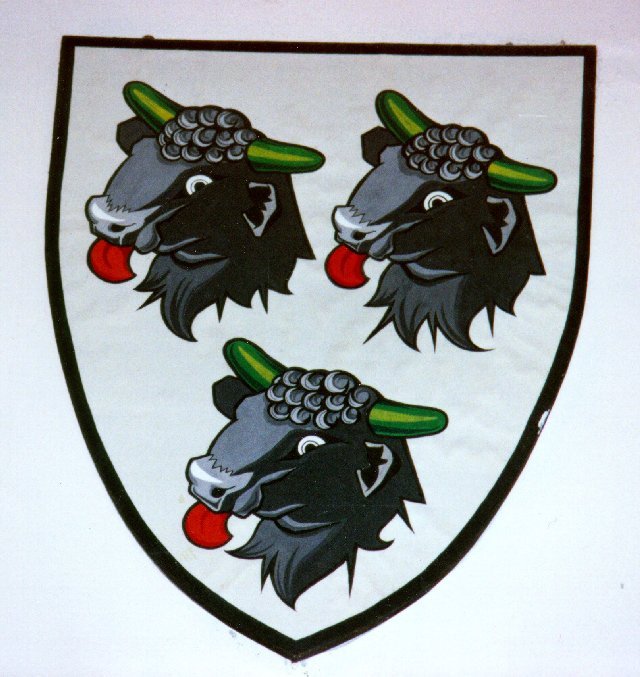HALIDON HILL 19 JULY 1333
Halidon Hill, according to legend, started off with a personal duel between Turnbull, a Scottish knight, and Sir Robert Benhale of Norfolk. After a great struggle, observed by the two armies, Benhale won. The Scots then gave the order to advance, their grooms taking their horses to the rear.
Also to the rear was Lord Ross, with a handpicked force of Scottish Knights. The English archers waited until the Scots were on the boggy area below Halidon before opening fire. Many times the Scots tried to turn the English off the hill, but they failed.
Douglas, their leader was speared and captured. Ross was slain. The Scots were hampered in their withdrawal as the groom’s had vanished with the horses. Many were killed by the English knights in the pursuit back to Ayton. The only English losses were reputed to be one knight and the Newcastle men who had arrived late.
Halidon Hill is easily found today, from Berwick. Follow the A6105 and 2 miles before Duns is the hill. A rough cairn marks the battle site and there is an ordnance survey pointer on the crest of the hill. The walls and castle remains are still to be seen at Berwick.
Edward Balioll had been championed by Edward III as claimant to the throne. He was crowned at Scone in 1332. but turned out of Scotland by Sir Archibald Douglas and the Earl of Moray, who placed young Robert Steward on the throne
Edward III broke his promise to recognise Scotland as independent and marched on Berwick, which was held by Sir Alexander Seaton. Seaton was relieved by Sir William Keith as Governor, who agreed to surrender on 19 July unless relieved by 200 men.
Meanwhile Douglas had moved his army to Dunspark. near Halidon Hill. Edward on seeing the Scots banners. moved his army in 3 divisions to the top of Halidon Hill, commanding the approach to Berwick from the north.
